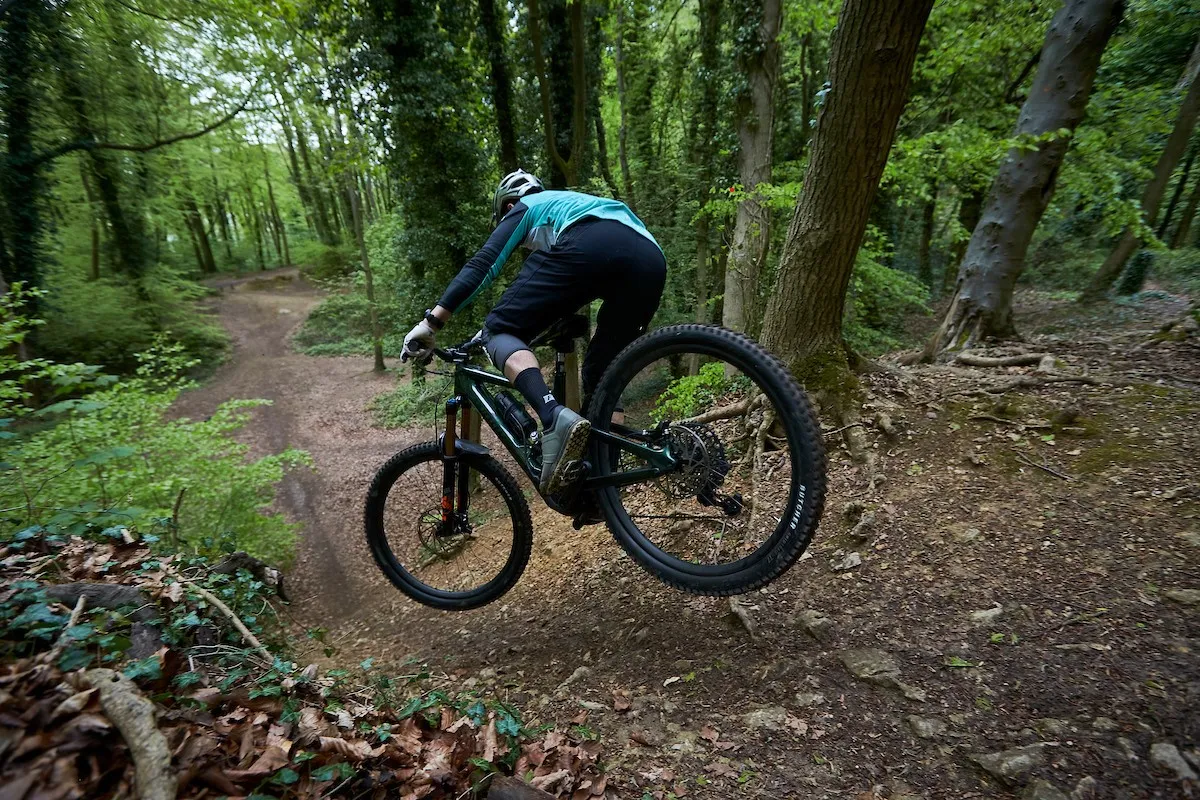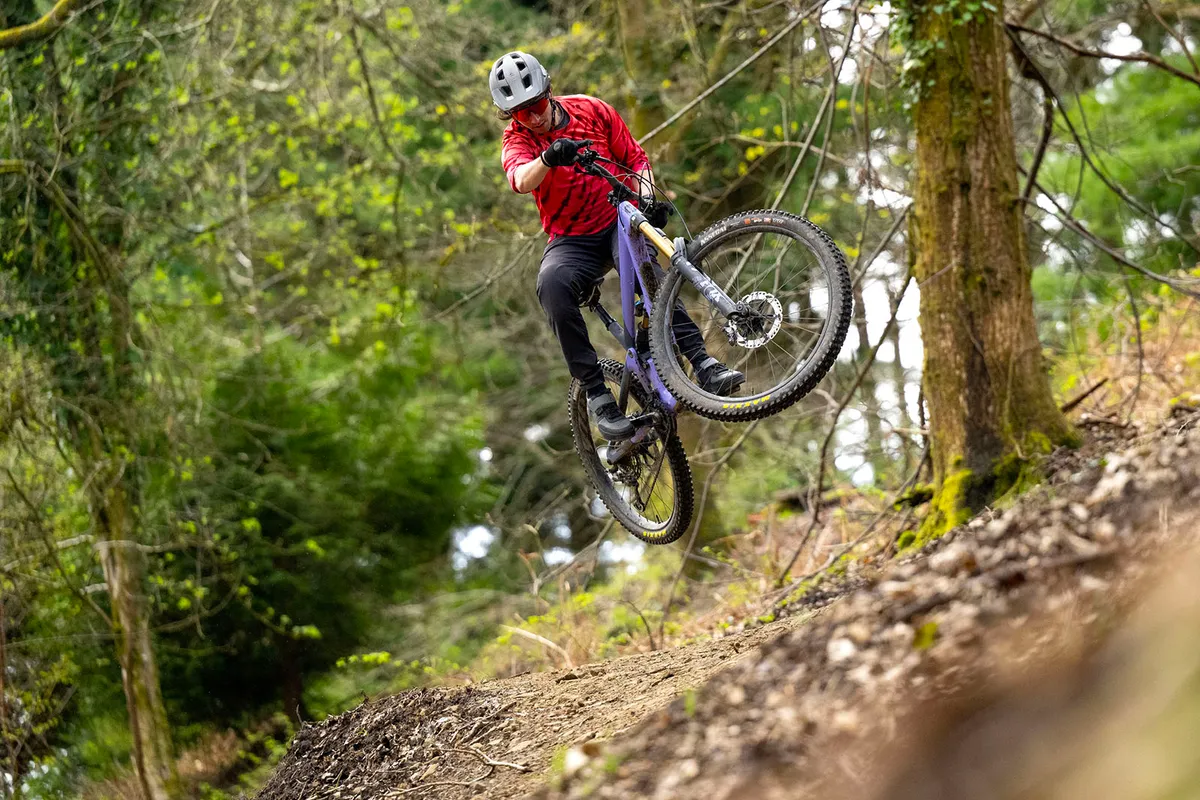Love them or hate them, electric mountain bikes are here to stay.
Those who ride eMTBs will have already endured snipes about electric mountain biking being lazy, but we believe it can make you a better rider.
Many professional riders are picking up electric mountain bikes for training and many enduro race organisers are banning them from practice sessions, so there must be something in the theory.
From more riding time to improving your strength and fitness – yes, really! – here are the reasons we believe eMTBs make you a better rider.
More laps = more shredding

Electric mountain bikes enable you to ride further than you usually would.
Time on the bike isn’t infinite, so having the ability to cover distance faster and extend our rides further means we get more time on the trails instead of the fire road.
Electric mountain bikes can turn your local woods into an uplifted bike park, enabling you to fit in more runs than you typically would.

This helps you develop faster, because faulty line choices can be corrected quickly on another run.
For this reason, many professional riders train on electric mountain bikes so they can spend more time learning the trails.
If you’re really struggling with a trail feature, you can focus on it while not exerting yourself pushing or riding back up to the top.

Electric mountain bikes may even alter your decision on where you head for riding in the first place, with steeper routes being much easier to access on an eMTB.
Like developing any skill in life, practice makes perfect, and if you can practise more often you’re going to be a better rider.
Less energy wasted

Even if you love racing up the hills on your non-assisted bike, there’s no doubt this impacts your ability on the way down the trail.
Tired legs and bursting lungs can result in you holding back on the descent and maybe not pushing through to that next envelope of riding ability.
Electric mountain bikes remove most of this, enabling you to hit the downhill with fresh legs and perform your best.

Less mental energy is required when shuttling on an eMTB, keeping you alert and on the lookout for the fastest lines on the way back down instead of cruising.
There is also reduced recovery time needed, meaning you can go and hit the trails with similar gusto faster than you would on a non-assisted bike.
They make you ride harder

Even the latest crop of lightweight electric mountain bikes are heavier than their non-assisted counterparts, with full-fat bikes being significantly so.
These heavier bikes go a lot faster downhill and carry a lot more inertia, making it harder to slow them down into features and corners.
This makes you more aware of the grip levels when braking and forces you to commit harder to turns, otherwise you’d be through the other side of the berm.

On the other hand, this inertia also offers a larger safety barrier, with small mistakes being forgiven instead of throwing you off the bike.
However, if you do crash, you crash harder because there's more mass behind you.

Because you're less tired hitting the trail, you tend to throw more behind the bike anyway – turning every run into a career-defining race to the bottom.
Returning to a conventional bike, you can feel the difference this makes to your riding, with the lighter bike feeling more nimble and easier to manoeuvre in comparison.
They help you get stronger

On a similar theme, because electric mountain bikes are much heavier, you have to work harder to get the most out of them on the descent.
Everything from cornering to jumping requires more strength because you have to adapt to the increased weight of the bike.

This builds up muscles that then make you feel stronger when you get back on your non-assisted bike.
It’s similar to how many ex-motocross and trials riders such as Aaron Gwin and Alex Storr have transitioned their riding ability from heavy motorbikes to more nimble mountain bikes.
